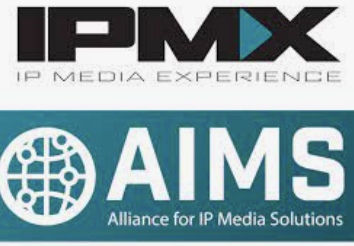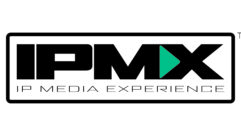 I went to InfoComm with a long history of following the evolution of digital standards for media, always a convoluted process. With a background of teaching networking, working in IT, and sitting with a TIA standards body, I have been puzzled by the AV industry adherence to standards that come from companies and not from standards bodies. Even within the IT industry very few company alliance groups wrote standards that lasted for more than a few years.
I went to InfoComm with a long history of following the evolution of digital standards for media, always a convoluted process. With a background of teaching networking, working in IT, and sitting with a TIA standards body, I have been puzzled by the AV industry adherence to standards that come from companies and not from standards bodies. Even within the IT industry very few company alliance groups wrote standards that lasted for more than a few years.
Now the effort to transport digital audio and video in the broadcast and Pro AV industries is intersecting with the major vendor standards in AV. This provides an opportunity for those who support the standards of the SMPTE (Society of Motion Picture and Television Engineers). Spurred by the evolution of high-quality video from SDI to IP, the standards more closely align with the protocols already in use within IT. Referred to as the 2110 standards, they embrace Ethernet and IP but also specify UDP and RTP. This makes their protocol stack very similar to VoIP. In fact, one of their documents says, “RTP is king.” Yet, the 2110 series specify an extensive set of standards for transporting both uncompressed and compressed video.
We saw evidence of this influence when we found representatives of AIMS (Alliance for IP Media Solutions) and IPMX (IP Media Experience) hosted in the HDBaseT booth. Both efforts are dedicated to the increased adoption of SMPTE 2110 related standards. But why would an organization that is focused on the transmission of video over IP networks be in the booth of an organization that is focused on the effective transmission of video, audio, and data on a point-to-point basis? We were told by the IPMX representative that this is a perfect partnership. For example, once the audio and video are acquired by the camera, they can use HDBaseT to reach the LAN or WAN. At that point, a gateway moves it into the 2110 network compliant environment.
This overcomes most of the criticism often leveled at other AV methods. Specifically, many current methods use an IP protocol stack that is only compliant with common IT standards up to level 3. However, the AIMS/IPMX technique introduces the use of RTP, which has been a staple of the IT industry for over two decades. This enhances the prospect of adoption of the method when it is presented to the IT department.
Although partially retired from Penn State Harrisburg’s faculty where he taught information systems, Phil Hippensteel remains very active as a researcher, writer and consultant to both the AV and IT industries. Teaching IP related technology took him to 27 states. He has consulted with major IT companies such as Cisco, IBM, and Avaya and many schools and universities. His research activates have involved IP network performance and troubleshooting in the presence of audio, video and data. He currently serves as an invited expert on the TIA TR-30 Standards Committee where he was editor of the ITU G.1050 standard on emulating IP video networks.










